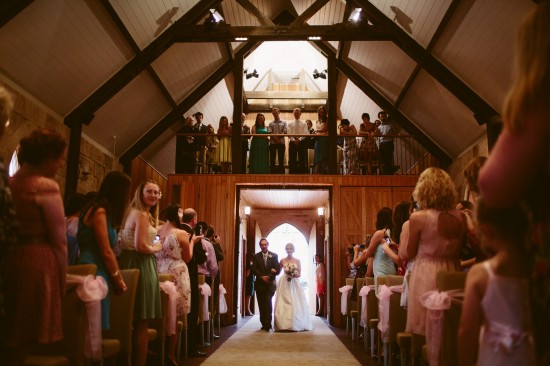
Image by Michael Gray via Cassie & Pete’s DIY Hunter Valley Wedding
Today’s post was compiled by Kim from the Ultimate Wedding Planning Party with expert advice from Elizabeth Trevan Civil Marriage Celebrant.
Right! So you’ve booked the venue… you’ve short-listed the photographer and are looking for your dress. Sometime very soon you will have to start focusing on the main event of the day that sets the scene for the celebrations to follow. Your ceremony!
Where to begin? The most important person to set you off in the right direction will be your Marriage Celebrant. If you are having a Civil Ceremony, which over 70% of Australians do, then the Celebrant is that person who will be there to guide you over the threshold with a ceremony that says everything you want to say to each other and everything about you and who you are as a couple.
The aim is for all your family and friends to feel up-lifted at the end of the ceremony ready for the reception and also sense that your wedding was for nobody else but you.
A good celebrant will begin by getting to know you and understand the planning and ideas behind your wedding so far. Depending on the location for the wedding and those involved, it will give the first indication of the style of wedding you are aiming for.
Many people talk about the Vows in relation to the ceremony (some even call them the Vowels – I’m not joking). The Vows themselves are just one small part of the entire ceremony structure, although I would regard them as the “heart” of the ceremony. Most celebrants work within a framework and guide their couples through the ceremony plan. This can be a step-by-step process depending on how you and your celebrant work together to create your wording. Obviously the net is a great resource for wording ideas, but your celebrant should be as well.
Here’s some things to talk about with your celebrant…
The Introduction: sets the tone for the day and the ceremony itself and reminds those gathered of what this day means to the couple and in many cases tells their story thus far.
Readings and Poems, Rituals and Symbolism: Readings and rituals are a wonderful way of changing the rhythm of the ceremony and if done well can be a lingering memory for family and friends.
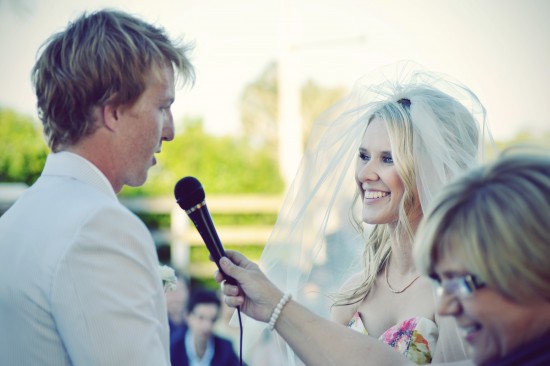
Image by Madelyn Holmes Photographics via Amy & Tom’s Rustic Country Wedding
The Asking: What is the Asking? These are the words of affirmation or the “I do”. They can be fun or serious or anything in between but it is often good to balance them with the Vows that are to come.
The Vows: These are the heart of the ceremony. This is also a legal requirement and your celebrant should supply you with the appropriate legal wording. Once this is covered, it is up to you what you would like to say. Those special words that have the strongest meaning for both of you should always come from the heart, so keep that in mind.
The Music: The music you will choose as this can add another layer to the over-all energy of your ceremony.
In creating the wording throughout the ceremony the celebrant is there to fit all your ideas together so that they flow well and make sense. A draft is often created and then edited between the couple and the celebrant until everyone is happy with the final script. There should be no surprises or bad jokes sneaking in against your knowledge. It is your ceremony after-all, so you should feel comfortable and happy with all that is being said.
![]()
Ms Gingham says: Great article by Kim. Don’t forget, if you’re Sydney based, you can attend the Ultimate Wedding Planning Party which Kim produces for heaps of inspiration and NSW vendors under one roof.
About Kim: “The producer of the annual Ultimate Wedding Planning Party – a glam bridal planning event showcasing all the best of Sydney’s wedding suppliers and designers. The UWPP is held annually at the Sydney Opera House!”


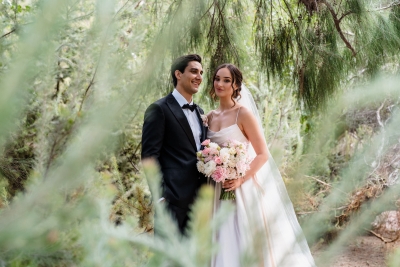
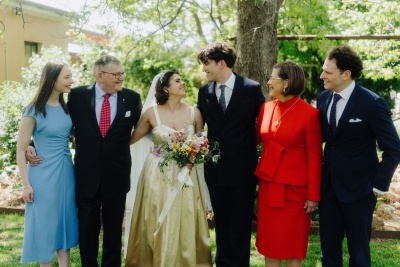
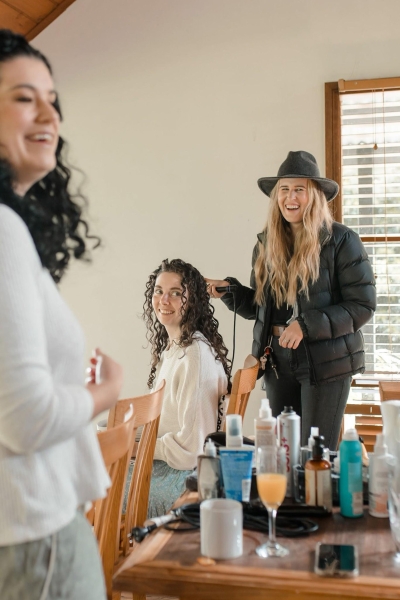
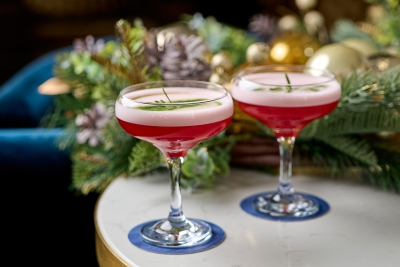
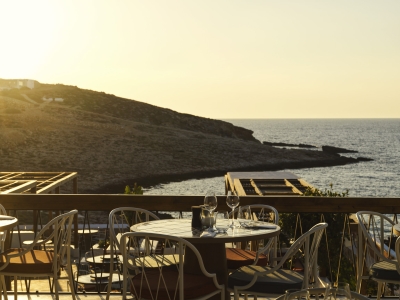



Join the conversation